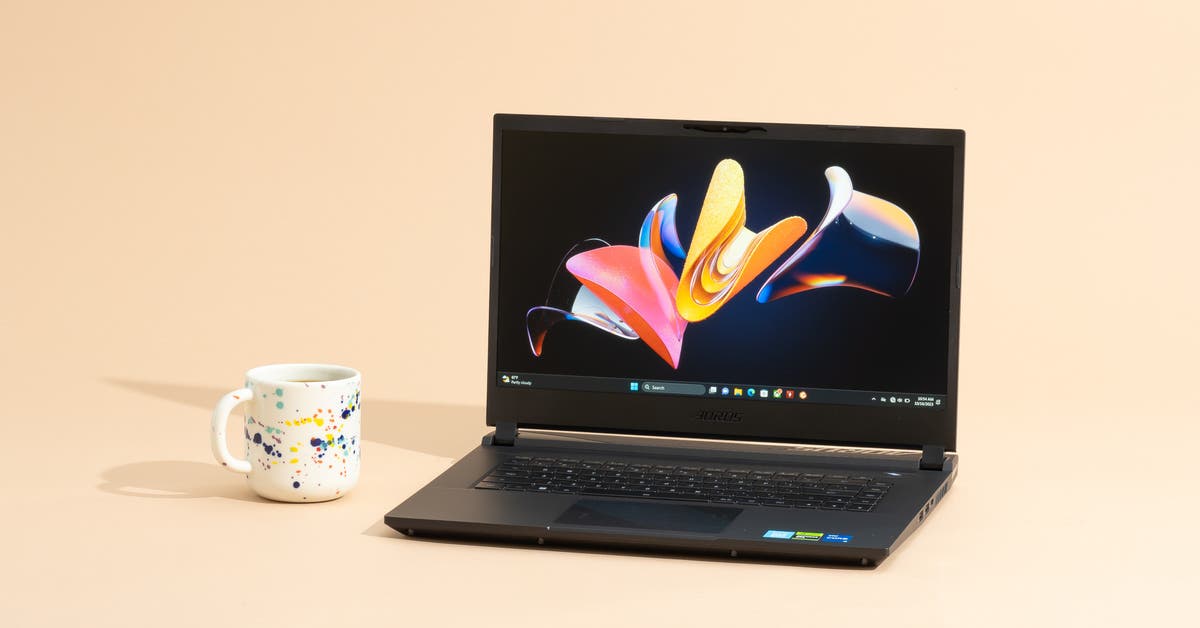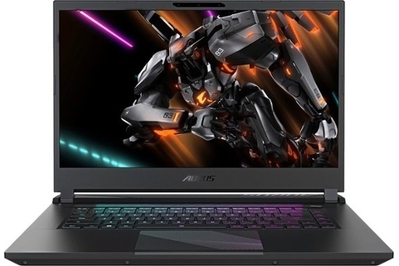
Powerful gaming laptops can be wildly expensive, with some as much as $3,000. For that price, you can get a slim, light laptop with solid speakers, quiet fans, and high resolutions—in theory. But you don’t have to spend more than $1,500 to get a great gaming laptop, and most people probably shouldn’t. Cheaper laptops are being built with more powerful hardware all the time, and in 2023, we’re seeing more budget models that include high refresh rate displays, slimmer builds, and the newest generation of graphics cards and processors.
We spent months testing laptops for this guide, including against more expensive models costing all the way up to $3,000, and found that the affordable Gigabyte Aorus 15 (BMF-52US383SH) was the only laptop of the 12 we tested that provided consistently good performance while staying cool inside and out.
Everything we recommend
Our pick
Budget pick
Affordable price
We look at laptops that cost less than $1,500—not exactly “cheap,” but gaming models can be pricey.
High performance
Consistent, high-quality performance is key, so long as the laptop doesn’t overheat when you’re gaming.
Current hardware
The newer the graphics card and processor, the longer you should be able to play demanding games in the future.
User-friendly
Fan noises shouldn’t drive you bananas, the port selection should be generous, and the keyboard and trackpad should be responsive.
Our pick
The Gigabyte Aorus 15 (BMF-52US383SH) surpassed all of the other models we tested with consistent, high-quality performance, and it only costs $1,000 at full price (we’ve previously seen it discounted to $800). It has quiet fans and a high refresh rate screen, and it averaged about 90 frames per second on high and ultra settings in most of our gaming tests—even with ray-tracing features enabled.
Budget pick
If you want the cheapest possible laptop that will get decent performance in games, get the Acer Nitro 5 AN515-44-R99Q or AN515-55-53AG. Because it has less-powerful graphics hardware, the Nitro 5 can’t play the absolute newest, most demanding games at their highest settings, and it doesn’t support VR, but it’s powerful enough to play older games or less demanding modern titles. The Nitro 5 keeps cool enough without blasting its fans, it has a responsive keyboard and trackpad, and it’s easy to upgrade. But compared with our top pick, the Nitro 5 has a dimmer screen at a lower, 60 Hz refresh rate. It also offers less storage for games and comes with a ton of bloatware installed.




Post a Comment